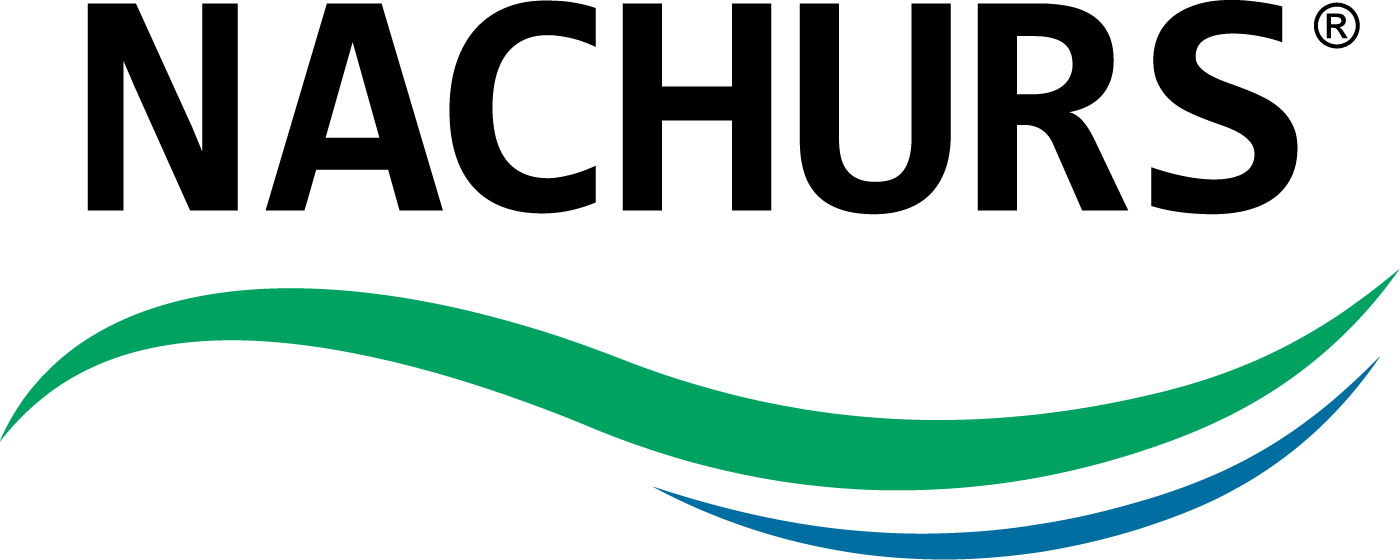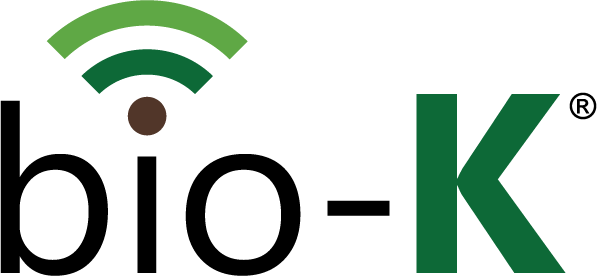Proper nutrition: important for stressful situations - reducing yield loss and maybe even gray hair!
Everyone has heard that stress causes gray hair. The theory is that hair may become gray in the presence of “free radicals”. These free radicals increase in our body with stress – the same goes for crops; free radicals increase with stress and productivity decreases! The cure for everything from gray hair to wrinkles or any anti-aging remedy has to do with the elimination of free radicals by applying “antioxidants” – again the same goes for crops. Antioxidant is simply a term for a substance that can neutralize a free radical. There are hundreds of different substances that can act as antioxidants and proper nutrition ensures their production. When growing a crop, ultimately it is essential to maintain adequate and balanced plant nutrition to minimize stress. An inadequate and unbalanced supply of nutrients and impaired soil fertility are particular problems, causing decreases in yield. Specifically, application of nutrients like N, K, Ca and Mg reduce the toxicity of certain free radicals by increasing the concentration of antioxidants in the plant cells. These antioxidants make it possible to maximize photosynthesis in plants. Proper crop nutrition can also help with water use efficiency, which is very important in dryland situations and when irrigation water may be limited. K and Ca improve intake of water which helps in stomatal regulation and enhances the temperature stress tolerance by maintaining the plant temperature. Additionally, adequate N and P help maintain water conductivity in root cells. As the growing season gets underway, yield potential for growing the crop is high. As plants emerge they begin to endure stressors such as extremes in soil moisture, temperature and humidity, as well as nutrient deficiency, weed pressure, insect feeding, disease, or herbicide stress. Nutritional uptake by the plant may be limited by soil compaction, tillage practices, soil insects or herbicide application, causing poor plant performance. By applying sidedress nutrient applications, foliar feeding and fertigating farmers are finding ways to spoon-feed the crop as the season progresses. These are scientifically proven and time-tested methods. They will help develop larger root systems and healthier plants. Ensuring plants have a robust root system, strong cell walls and an extra reserve of anti-oxidants will prepare them to handle stress when the summer heat arrives.
Everyone has heard that stress causes gray hair. The theory is that hair may become gray in the presence of “free radicals”. These free radicals increase in our body with stress – the same goes for crops; free radicals increase with stress and productivity decreases!
The cure for everything from gray hair to wrinkles or any anti-aging remedy has to do with the elimination of free radicals by applying “antioxidants” – again the same goes for crops. Antioxidant is simply a term for a substance that can neutralize a free radical. There are hundreds of different substances that can act as antioxidants and proper nutrition ensures their production.
When growing a crop, ultimately it is essential to maintain adequate and balanced plant nutrition to minimize stress. An inadequate and unbalanced supply of nutrients and impaired soil fertility are particular problems, causing decreases in yield.
Specifically, application of nutrients like N, K, Ca and Mg reduce the toxicity of certain free radicals by increasing the concentration of antioxidants in the plant cells. These antioxidants make it possible to maximize photosynthesis in plants. Proper crop nutrition can also help with water use efficiency, which is very important in dryland situations and when irrigation water may be limited. K and Ca improve intake of water which helps in stomatal regulation and enhances the temperature stress tolerance by maintaining the plant temperature. Additionally, adequate N and P help maintain water conductivity in root cells.
As the growing season gets underway, yield potential for growing the crop is high. As plants emerge they begin to endure stressors such as extremes in soil moisture, temperature and humidity, as well as nutrient deficiency, weed pressure, insect feeding, disease, or herbicide stress.
Nutritional uptake by the plant may be limited by soil compaction, tillage practices, soil insects or herbicide application, causing poor plant performance. By applying sidedress nutrient applications, foliar feeding and fertigating farmers are finding ways to spoon-feed the crop as the season progresses. These are scientifically proven and time-tested methods. They will help develop larger root systems and healthier plants. Ensuring plants have a robust root system, strong cell walls and an extra reserve of anti-oxidants will prepare them to handle stress when the summer heat arrives.












